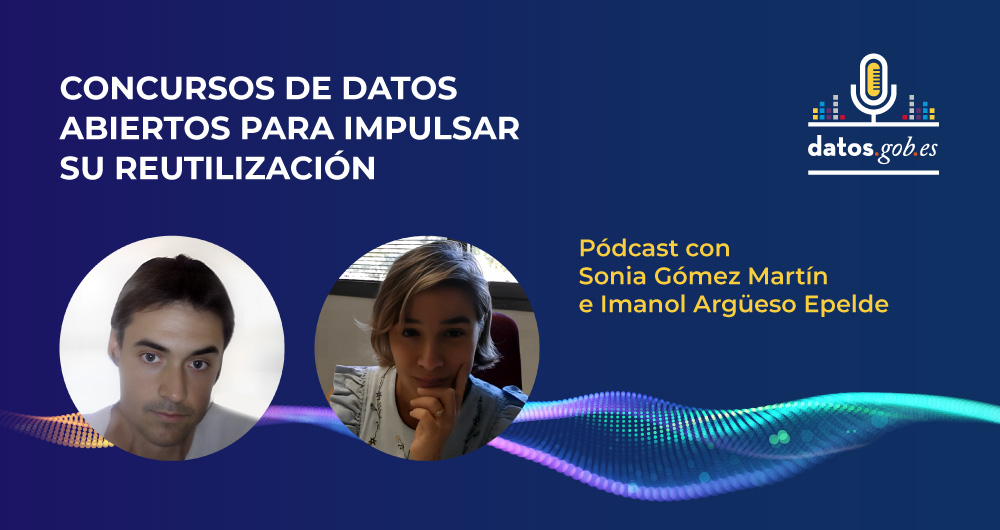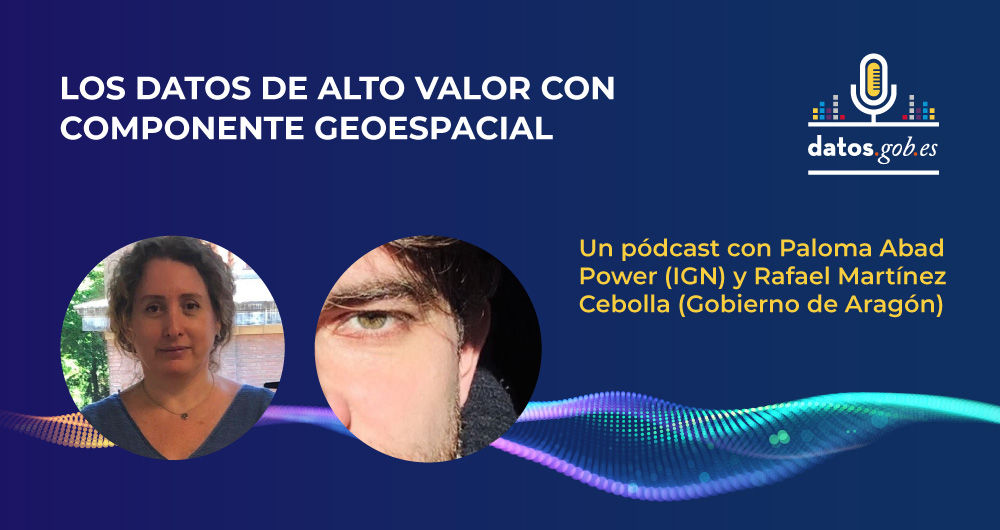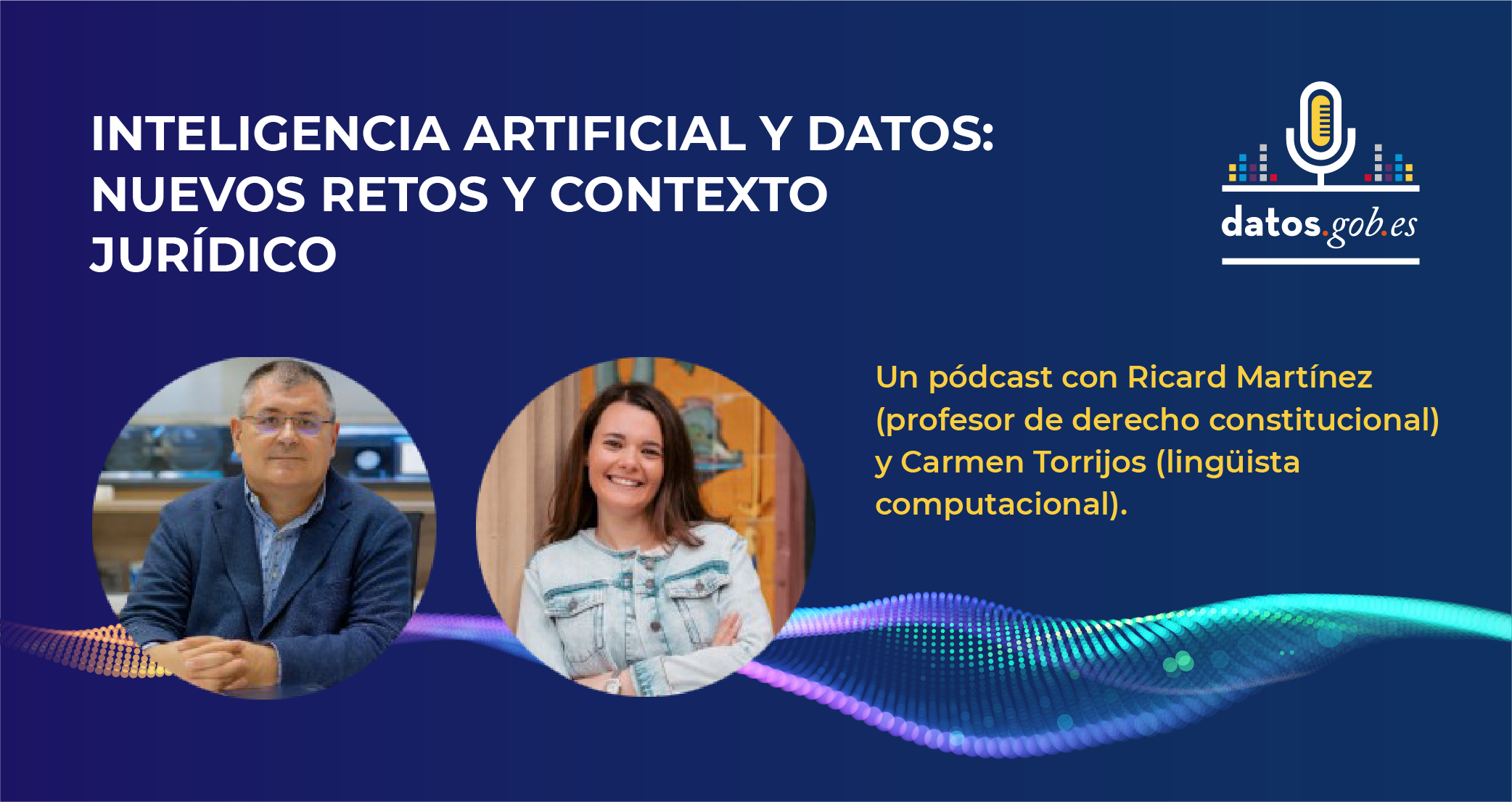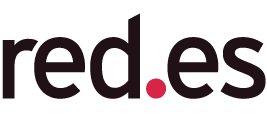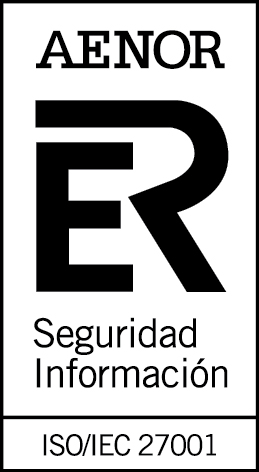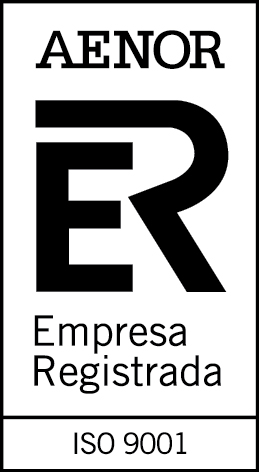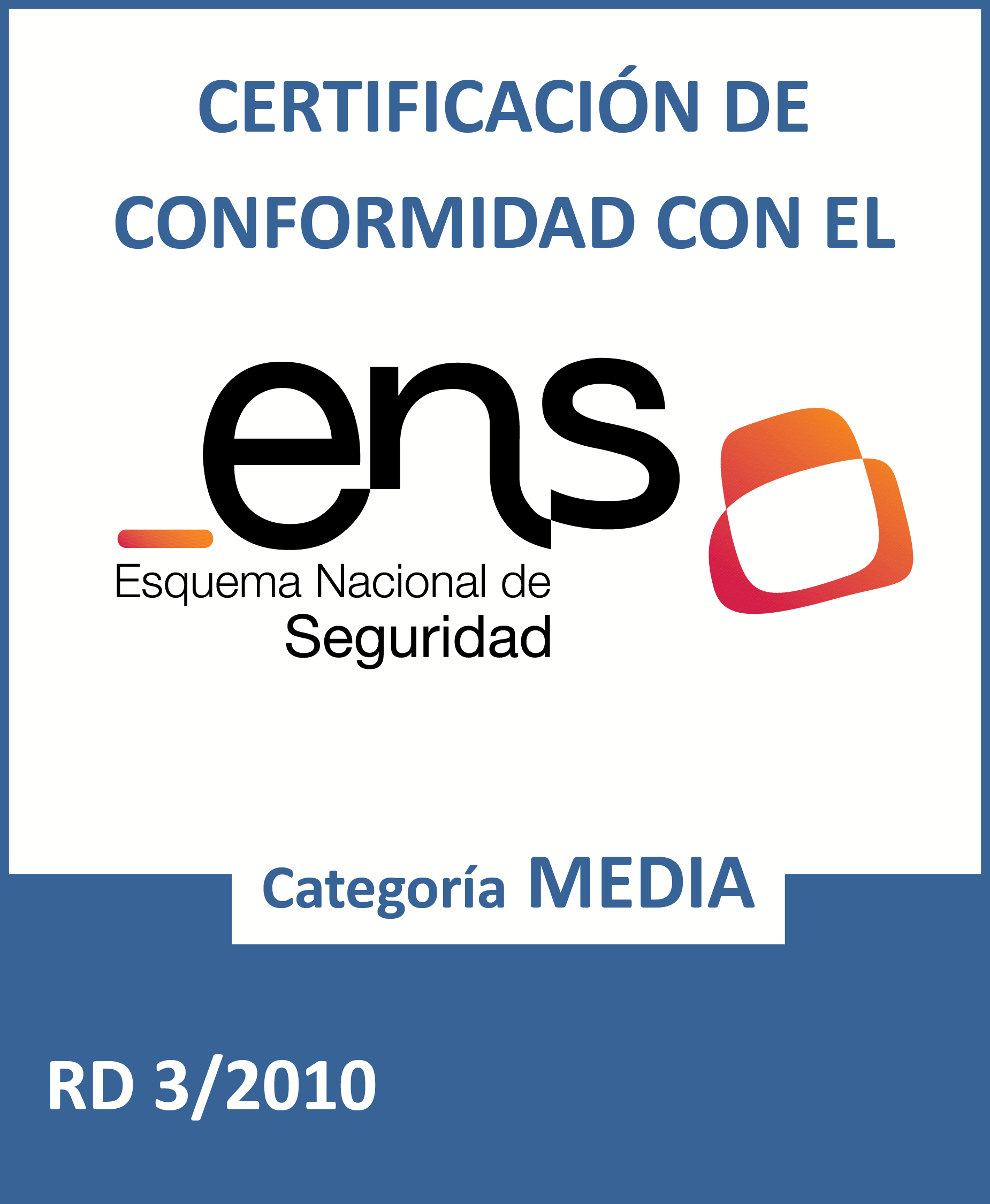Podcast: Data and open knowledge in Spanish institutions
Fecha: 23-04-2025
Nombre: • Mireia Alcalá Ponce de León, Information Resources Technician of the Learning, Research and Open Science Area of the Consortium of University Services of Catalonia (CSUC). • Juan Corrales Manager of the data repository of the Madroño Consortium
Sector: Science and technology
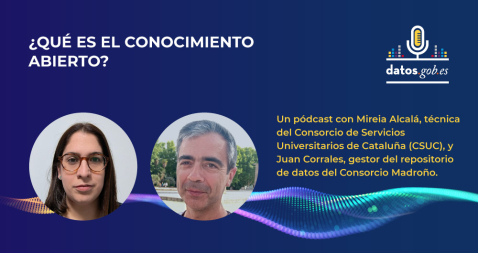
Open knowledge is knowledge that can be reused, shared and improved by other users and researchers without noticeable restrictions. This includes data, academic publications, software and other available resources. To explore this topic in more depth, we have representatives from two institutions whose aim is to promote scientific production and make it available in open access for reuse:
- Mireia Alcalá Ponce de León, Information Resources Technician of the Learning, Research and Open Science Area of the Consortium of University Services of Catalonia (CSUC).
- Juan Corrales Corrillero, Manager of the data repository of the Madroño Consortium.
Listen here the podcast (in spanish)
Summary of the interview
1.Can you briefly explain what the institutions you work for do?
Mireia Alcalá: The CSUC is the Consortium of University Services of Catalonia and is an organisation that aims to help universities and research centres located in Catalonia to improve their efficiency through collaborative projects. We are talking about some 12 universities and almost 50 research centres.
We offer services in many areas: scientific computing, e-government, repositories, cloud administration, etc. and we also offer library and open science services, which is what we are closest to. In the area of learning, research and open science, which is where I am working, what we do is try to facilitate the adoption of new methodologies by the university and research system, especially in open science, and we give support to data management research.
Juan Corrales: The Consorcio Madroño is a consortium of university libraries of the Community of Madrid and the UNED (National University of Distance Education) for library cooperation.. We seek to increase the scientific output of the universities that are part of the consortium and also to increase collaboration between the libraries in other areas. We are also, like CSUC, very involved in open science: in promoting open science, in providing infrastructures that facilitate it, not only for the members of the Madroño Consortium, but also globally. Apart from that, we also provide other library services and create structures for them.
2. What are the requirements for an investigation to be considered open?
Juan Corrales: For research to be considered open there are many definitions, but perhaps one of the most important is given by the National Open Science Strategy, which has six pillars.
One of them is that it is necessary to put in open access both research data and publications, protocols, methodologies.... In other words, everything must be accessible and, in principle, without barriers for everyone, not only for scientists, not only for universities that can pay for access to these research data or publications. It is also important to use open source platforms that we can customise. Open source is software that anyone, in principle with knowledge, can modify, customise and redistribute, in contrast to the proprietary software of many companies, which does not allow all these things. Another important point, although this is still far from being achieved in most institutions, is allowing open peer review, because it allows us to know who has done a review, with what comments, etc. It can be said that it allows the peer review cycle to be redone and improved. A final point is citizen science: allowing ordinary citizens to be part of science, not only within universities or research institutes.
And another important point is adding new ways of measuring the quality of science.
Mireia Alcalá:. I agree with what Juan says. I would also like to add that, for an investigation process to be considered open, we have to look at it globally. That is, include the entire data lifecycle. We cannot talk about a science being open if we only look at whether the data at the end is open. Already at the beginning of the whole data lifecycle, it is important to use platforms and work in a more open and collaborative way.
3 Why is it important for universities and research centres to make their studies and data available to the public?
Mireia Alcalá:. I think it is key that universities and centres share their studies, because a large part of research, both here in Spain and at European and world level, is funded with public money. Therefore, if society is paying for the research, it is only logical that it should also benefit from its results. In addition, opening up the research process can help make it more transparent, more accountable, etc. Much of the research done to date has been found to be neither reusable nor reproducible. What does this mean? That the studies that have been done, almost 80% of the time someone else can't take it and reuse that data. Why? Because they don't follow the same standards, the same mannersand so on. So, I think we have to make it extensive everywhere and a clear example is in times of pandemics. With COVID-19, researchers from all over the world worked together, sharing data and findings in real time, working in the same way, and science was seen to be much faster and more efficient.
Juan Corrales: The key points have already been touched upon by Mireia. Besides, it could be added that bringing science closer to society can make all citizens feel that science is something that belongs to us, not just to scientists or academics. It is something we can participate in and this can also help to perhaps stop hoaxes, fake news, to have a more exhaustive vision of the news that reaches us through social networks and to be able to filter out what may be real and what may be false.
4.What research should be published openly?
Juan Corrales: Right now, according to the law we have in Spain, the latest Law of science, all publications that are mainly financed by public funds or in which public institutions participatemust be published in open access. This has not really had much repercussion until last year, because, although the law came out two years ago, the previous law also said so, there is also a law of the Community of Madrid that says the same thing.... but since last year it is being taken into account in the evaluation that the ANECA (the Quality Evaluation Agency) does on researchers.. Since then, almost all researchers have made it a priority to publish their data and research openly. Above all, data was something that had not been done until now.
Mireia Alcalá: At the state level it is as Juan says. We at the regional level also have a law from 2022, the Law of science, which basically says exactly the same as the Spanish law. But I also like people to know that we have to take into account not only the state legislation, but also the calls for proposals from where the money to fund the projects comes from. Basically in Europe, in framework programmes such as Horizon Europe, it is clearly stated that, if you receive funding from the European Commission, you will have to make a data management plan at the beginning of your research and publish the data following the FAIR principles.
5.Among other issues, both CSUC and Consorcio Madroño are in charge of supporting entities and researchers who want to make their data available to the public. How should a process of opening research data be? What are the most common challenges and how do you solve them?
Mireia Alcalá: In our repository, which is called RDR (from Repositori de Dades de Recerca), it is basically the participating institutions that are in charge of supporting the research staff.. The researcher arrives at the repository when he/she is already in the final phase of the research and needs to publish the data yesterday, and then everything is much more complex and time consuming. It takes longer to verify this data and make it findable, accessible, interoperable and reusable.
In our particular case, we have a checklist that we require every dataset to comply with to ensure this minimum data quality, so that it can be reused. We are talking about having persistent identifiers such as ORCID for the researcher or ROR to identify the institutions, having documentation explaining how to reuse that data, having a licence, and so on. Because we have this checklist, researchers, as they deposit, improve their processes and start to work and improve the quality of the data from the beginning. It is a slow process. The main challenge, I think, is that the researcher assumes that what he has is data, because most of them don't know it. Most researchers think of data as numbers from a machine that measures air quality, and are unaware that data can be a photograph, a film from an archaeological excavation, a sound captured in a certain atmosphere, and so on. Therefore, the main challenge is for everyone to understand what data is and that their data can be valuable to others.
And how do we solve it? Trying to do a lot of training, a lot of awareness raising. In recent years, the Consortium has worked to train data curation staff, who are dedicated to helping researchers directly refine this data. We are also starting to raise awareness directly with researchers so that they use the tools and understand this new paradigm of data management.
Juan Corrales: In the Madroño Consortium, until November, the only way to open data was for researchers to pass a form with the data and its metadata to the librarians, and it was the librarians who uploaded it to ensure that it was FAIR. Since November, we also allow researchers to upload data directly to the repository, but it is not published until it has been reviewed by expert librarians, who verify that the data and metadata are of high quality. It is very important that the data is well described so that it can be easily found, reusable and identifiable.
As for the challenges, there are all those mentioned by Mireia - that researchers often do not know they have data - and also, although ANECA has helped a lot with the new obligations to publish research data, many researchers want to put their data running in the repositories, without taking into account that they have to be quality data, that it is not enough to put them there, but that it is important that these data can be reused later.
6.What activities and tools do you or similar institutions provide to help organisations succeed in this task?
Juan Corrales: From Consorcio Madroño, the repository itself that we use, the tool where the research data is uploaded, makes it easy to make the data FAIR, because it already provides unique identifiers, fairly comprehensive metadata templates that can be customised, and so on. We also have another tool that helps create the data management plans for researchers, so that before they create their research data, they start planning how they're going to work with it. This is very important and has been promoted by European institutions for a long time, as well as by the Science Act and the National Open Science Strategy.
Then, more than the tools, the review by expert librarians is also very important. There are other tools that help assess the quality of adataset, of research data, such as Fair EVA or F-Uji, but what we have found is that those tools at the end what they are evaluating more is the quality of the repository, of the software that is being used, and of the requirements that you are asking the researchers to upload this metadata, because all our datasets have a pretty high and quite similar evaluation. So what those tools do help us with is to improve both the requirements that we're putting on our datasets, on our datasets, and to be able to improve the tools that we have, in this case the Dataverse software, which is the one we are using.
Mireia Alcalá: At the level of tools and activities we are on a par, because we have had a relationship with the Madroño Consortium for years, and just like them we have all these tools that help and facilitate putting the data in the best possible way right from the start, for example, with the tool for making data management plans. Here at CSUC we have also been working very intensively in recent years to close this gap in the data life cycle, covering issues of infrastructures, storage, cloud, etc. so that, when the data is analysed and managed, researchers also have a place to go. After the repository, we move on to all the channels and portals that make it possible to disseminate and make all this science visible, because it doesn't make sense for us to make repositories and they are there in a silo, but they have to be interconnected. For many years now, a lot of work has been done on making interoperability protocols and following the same standards. Therefore, data has to be available elsewhere, and both Consorcio Madroño and we are everywhere possible and more.
7. Can you tell us a bit more about these repositories you offer? In addition to helping researchers to make their data available to the public, you also offer a space, a digital repository where this data can be housed, so that it can be located by users.
Mireia Alcalá: If we are talking specifically about research data, as we and Consorcio Madroño have the same repository, we are going to let Juan explain the software and specifications, and I am going to focus on other repositories of scientific production that CSUC also offers. Here what we do is coordinate different cooperative repositories according to the type of resource they contain. So, we have TDX for thesis, RECERCAT for research papers, RACO for scientific journals or MACO, for open access monographs. Depending on the type of product, we have a specific repository, because not everything can be in the same place, as each output of the research has different particularities. Apart from the repositories, which are cooperative, we also have other spaces that we make for specific institutions, either with a more standard solution or some more customised functionalities. But basically it is this: we have for each type of output that there is in the research, a specific repository that adapts to each of the particularities of these formats.
Juan Corrales: In the case of Consorcio Madroño, our repository is called e-scienceData, but it is based on the same software as the CSUC repository, which is Dataverse.. It is open source software, so it can be improved and customised. Although in principle the development is managed from Harvard University in the United States, institutions from all over the world are participating in its development - I don't know if thirty-odd countries have already participated in its development.
Among other things, for example, the translations into Catalan have been done by CSUC, the translation into Spanish has been done by Consorcio Madroño and we have also participated in other small developments. The advantage of this software is that it makes it much easier for the data to be FAIR and compatible with other points that have much more visibility, because, for example, the CSUC is much larger, but in the Madroño Consortium there are six universities, and it is rare that someone goes to look for a dataset in the Madroño Consortium, in e-scienceData, directly. They usually search for it via Google or a European or international portal. With these facilities that Dataverse has, they can search for it from anywhere and they can end up finding the data that we have at Consorcio Madroño or at CSUC.
8. What other platforms with open research data, at Spanish or European level, do you recommend?
Juan Corrales: For example, at the Spanish level there is the FECYT, the Spanish Foundation for Science and Technology, which has a box that collects the research data of all Spanish institutions practically. All the publications of all the institutions appear there: Consorcio Madroño, CSUC and many more.
Then, specifically for research data, there is a lot of research that should be put in a thematic repository, because that's where researchers in that branch of science are going to look. We have a tool to help choose the thematic repository. At the European level there is Zenodo, which has a lot of visibility, but does not have the data quality support of CSUC or the Madroño Consortium. And that is something that is very noticeable in terms of reuse afterwards.
Mireia Alcalá: At the national level, apart from Consorcio Madroño's and our own initiatives, data repositories are not yet widespread. We are aware of some initiatives under development, but it is still too early to see their results. However, I do know of some universities that have adapted their institutional repositories so that they can also add data. And while this is a valid solution for those who have no other choice, it has been found that software used in repositories that are not designed to handle the particularities of the data - such as heterogeneity, format, diversity, large size, etc. - are a bit lame. Then, as Juan said, at the European level, it is established that Zenodo is the multidisciplinary and multiformat repository, which was born as a result of a European project of the Commission. I agree with him that, as it is a self-archiving and self-publishing repository - that is, I Mireia Alcalá can go there in five minutes, put any document I have there, nobody has looked at it, I put the minimum metadata they ask me for and I publish it -, it is clear that the quality is very variable. There are some things that are really usable and perfect, but there are others that need a little more TLC. As Juan said, also at the disciplinary level it is important to highlight that, in all those areas that have a disciplinary repository, researchers have to go there, because that is where they will be able to use their most appropriate metadata, where everybody will work in the same way, where everybody will know where to look for those data.... For anyone who is interested there is a directory called re3data, which is basically a directory of all these multidisciplinary and disciplinary repositories. It is therefore a good place for anyone who is interested and does not know what is in their discipline. Let him go there, he is a good resource.
9. What actions do you consider to be priorities for public institutions in order to promote open knowledge?
Mireia Alcalá: What I would basically say is that public institutions should focus on making and establishing clear policies on open science, because it is true that we have come a long way in recent years, but there are times when researchers are a bit bewildered. And apart from policies, it is above all offering incentives to the entire research community, because there are many people who are making the effort to change their way of working to become immersed in open science and sometimes they don't see how all that extra effort they are making to change their way of working to do it this way pays off. So I would say this: policies and incentives.
Juan Corrales: From my point of view, the theoretical policies that we already have at the national level, at the regional level, are usually quite correct, quite good. The problem is that often no attempt has been made to enforce them. So far, from what we have seen for example with ANECA - which has promoted the use of data repositories or research article repositories - they have not really started to be used on a massive scale. In other words, incentives are necessary, and not just a matter of obligation. As Mireia has also said, we have to convince researchers to see open publishing as theirs, as it is something that benefits both them and society as a whole. What I think is most important is that: the awareness of researchers



